Opinion & Analysis
What’s so difficult about Oakmont, anyway?
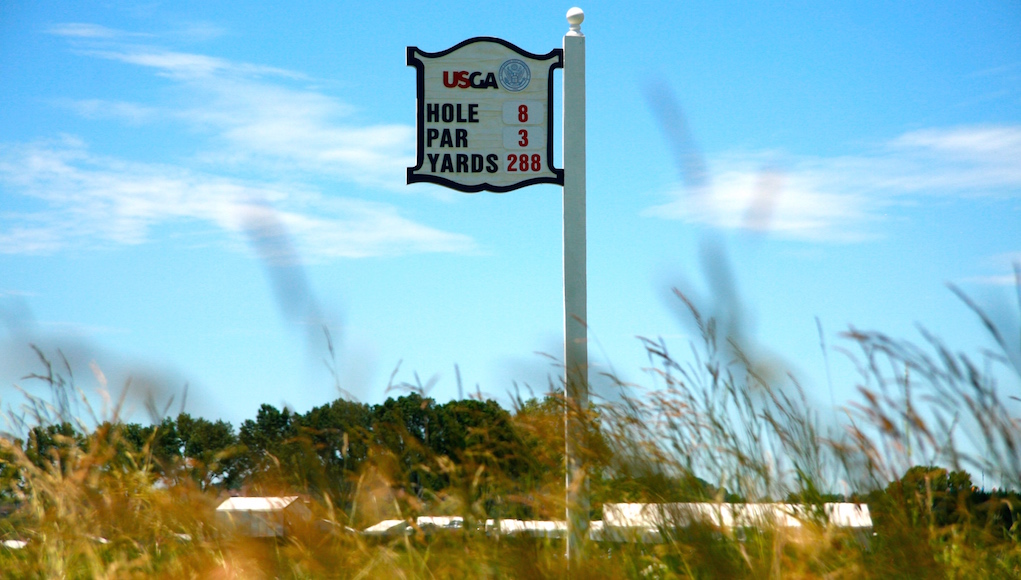
It’s a golf tradition unlike any other; players complaining about the U.S. Open setup ahead of the event. The course is either too long, too dried out, the rough too long, the greens too fast, or some combination of all those factors. And golf fans relish in hearing the complaints. It’s one of the few times each year when the best players in the world make fools of themselves when competing against par.
There’s something different about how players talk about this year’s U.S. Open at Oakmont Country Club, though. When they talk about the setup, or how how difficult the course is, there’s legitimate fear in their eyes. Every year the media, course members and players predict an over-par winning score, but at Oakmont you can sense that everyone is serious about it.
What makes Oakmont so difficult? I traveled there to find out, and asked the fans what they believe makes the course so treacherous.
What bunkers?
“The biggest problem is that you can’t even see some of these bunkers they’re so deep,” one fan said.
While U.S. Open contestants will know where all the bunkers are located, they won’t be able to see many of them from the tee or from the fairway. And the bunkers they can’t see are some of the deepest, most penalizing bunkers on the course.
“I’d be stuck in some of these bunkers and would never get out,” a fan said.
- Church Pews, hole No. 3
- The mounds in the Church Pew bunker are taller than they appear on video.
- Church Pew bunker, hole No. 15
- A bunker guarding the green at hole No.6, with a lip nearly taller than this player.
And when you do see the bunkers, like the Church Pews on the left of Nos. 3 and 4, or the Church Pews on the left of No. 15 — actually most, of the 200-plus bunkers on the course — you wish you hadn’t.
The green complexes are… complex
On No. 2 green, I watched players, caddies, coaches and whoever else was in the practice-round entourage gather at the center of that green, rolling and dropping golf balls to see how they would react. On multiple occasions, I watched someone drop a golf ball in the center of the green only to watch it slowly funnel off of the green down into the fairway.
“One second you’re putting, and then all the sudden you’re chipping,” one fan told me. “For me, I’d be putting, putting and then chipping,” his friend responded.
The green complexes are firm, diabolical, and just purely fast. They’re rumored to be running at a 14 on the Stimpmeter. That’s unheard of for any golf course that isn’t named Augusta, which doesn’t release its green speeds.
To give fans an experience of the greens at Oakmont, the USGA set up an exact replica of the 18th green for fans to test out their strokes. Oakmont caddies were stationed at the greens to help out.
“It’s like putting on a sloped basketball court,” one fan told me.
Maybe Rory McIlroy wasn’t kidding when he said he’d rather have a 30-footer uphill than an 8-footer downhill.
Where art thou iron byron?
“I could bring a portable Iron Byron out here and not hit every fairway,” a fan told me.
Oakmont is long, a par-70 that will play around 7,200 yards depending on the tees, but it’s not THAT long compared to some of the other U.S. Open venues, or even regular Tour stops. It’s how tight some of the landing areas are that makes it play longer. It’s a must that players keep their ball in the fairway due to long rough and deep bunkers. That’s why you’ll hear many of them saying they’ll only use driver off the tee 4-8 times each round, opting for more control with long irons, fairway woods woods and hybrids off the tees.
“It’s one of those courses where if you drink a few too many beers, you could be walking in the fairway, stumble just a little, and end up in the rough. The fairways are just stupid tight,” said one fan.
He may have already had a few beers that day, as well.
The blind leading the blind
“I didn’t realize how much elevation change was at this place,” a fan said. “You can hardly see anything on some holes.”
Like the bunkers, it’s difficult to see many of the landing areas from the tees at Oakmont, especially on Nos. 1, 5, 9, 15 and 17. That means players must put their ultimate trust in their preparation and the target lines they’ve established prior to the event.
The Hardest Hole
I got a different answer to the question “What do you think is the hardest hole out here?” from nearly everyone I asked, but the most common answers were holes 1, 2, 7, 8 and 18.
No. 1 (Par 4, 482 yards)
Why not? A 118-yard putt on the first hole at #Oakmont. pic.twitter.com/GRU0E29Zvu
— Guy Cipriano (@GCIMagazineGuy) April 25, 2016
This video says it all.
No. 2 (Par 4, 340 yards)
See above: One second you’re rolling balls onto the green, the next, you’re following the balls as they roll off the green.
No. 7 (Par 4, 479 yards)
“That hole seems too unfair from all the way back where they need to play from,” said a fan, shaking his head.
I’m sure some of the players agree, especially when you consider how the green slopes hard from left-to-right.
No. 8 (Par 3, 288/250 yards)
“I’d probably hit driver-6 iron here, and then have a short chip on.”
This 288-yard par 3, or 250 yards, depending what tee box the USGA uses that round, is cause of terror for most fans who collect on that tee box. But the truth is, most of the players hit hybrids and long irons. Angel Cabrera hit a 6-iron (gasp) during Monday’s practice round.
“The ball gets a nice ground hook once it lands in front of the green, so you only have to carry it about 250,” one caddie said.
A 250-yard 6-iron is still a big hit, regardless.
No. 18 (Par 4, 484 yards)
It may be the most difficult finishing hole in golf. In 2007, only 43 percent of the players hit the green in regulation, and it was statistically the most difficult hole on the course in relation to par.
“I’m not sure whether the hole itself is that hard, or it’s just because you’ve been beaten to shreds on the previous 17,” a fan hypothesized.
Probably a bit of both.
The rough is longer than…
There’s been plenty of talk, visuals and Twitter videos from players and media about how long the rough is at Oakmont. But none more hilarious than this interaction between a couple in their mid-twenties.
“This rough is longer than my…” said the man.
“Yea, a lot longer,” says the woman.
Ouch.
So what makes Oakmont so difficult? It’s the combination of not just one thing, or a few of these things, but ALL of these factors. Oakmont might very well be the most difficult test of golf in the U.S., and we may very well see a winning score in the black.
When asked if he would cherish the opportunity to play a course like this, a 4-handicap golfer answered “Ain’t nothin’ fun about not breaking 90.” We may just see a U.S. Open participant fail to break 90 this week, as well.
Thanks to all of the fans who put up with my questions during the practice rounds!
- LIKE82
- LEGIT8
- WOW4
- LOL2
- IDHT0
- FLOP0
- OB0
- SHANK8
19th Hole
Vincenzi’s 2024 Zurich Classic of New Orleans betting preview

The PGA TOUR heads to New Orleans to play the 2023 Zurich Classic of New Orleans. In a welcome change from the usual stroke play, the Zurich Classic is a team event. On Thursday and Saturday, the teams play best ball, and on Friday and Sunday the teams play alternate shot.
TPC Louisiana is a par 72 that measures 7,425 yards. The course features some short par 4s and plenty of water and bunkers, which makes for a lot of exciting risk/reward scenarios for competitors. Pete Dye designed the course in 2004 specifically for the Zurich Classic, although the event didn’t make its debut until 2007 because of Hurricane Katrina.
Coming off of the Masters and a signature event in consecutive weeks, the field this week is a step down, and understandably so. Many of the world’s top players will be using this time to rest after a busy stretch.
However, there are some interesting teams this season with some stars making surprise appearances in the team event. Some notable teams include Patrick Cantlay and Xander Schauffele, Rory McIlroy and Shane Lowry, Collin Morikawa and Kurt Kitayama, Will Zalatoris and Sahith Theegala as well as a few Canadian teams, Nick Taylor and Adam Hadwin and Taylor Pendrith and Corey Conners.
Past Winners at TPC Louisiana
- 2023: Riley/Hardy (-30)
- 2022: Cantlay/Schauffele (-29)
- 2021: Leishman/Smith (-20)
- 2019: Palmer/Rahm (-26)
- 2018: Horschel/Piercy (-22)
- 2017: Blixt/Smith (-27)
2024 Zurich Classic of New Orleans Picks
Tom Hoge/Maverick McNealy +2500 (DraftKings)
Tom Hoge is coming off of a solid T18 finish at the RBC Heritage and finished T13 at last year’s Zurich Classic alongside Harris English.
This season, Hoge is having one of his best years on Tour in terms of Strokes Gained: Approach. In his last 24 rounds, the only player to top him on the category is Scottie Scheffler. Hoge has been solid on Pete Dye designs, ranking 28th in the field over his past 36 rounds.
McNealy is also having a solid season. He’s finished T6 at the Waste Management Phoenix Open and T9 at the PLAYERS Championship. He recently started working with world renowned swing coach, Butch Harmon, and its seemingly paid dividends in 2024.
Keith Mitchell/Joel Dahmen +4000 (DraftKings)
Keith Mitchell is having a fantastic season, finishing in the top-20 of five of his past seven starts on Tour. Most recently, Mitchell finished T14 at the Valero Texas Open and gained a whopping 6.0 strokes off the tee. He finished 6th at last year’s Zurich Classic.
Joel Dahmen is having a resurgent year and has been dialed in with his irons. He also has a T11 finish at the PLAYERS Championship at TPC Sawgrass which is another Pete Dye track. With Mitchell’s length and Dahmen’s ability to put it close with his short irons, the Mitchell/Dahmen combination will be dangerous this week.
Taylor Moore/Matt NeSmith +6500 (DraftKings)
Taylor Moore has quickly developed into one of the more consistent players on Tour. He’s finished in the top-20 in three of his past four starts, including a very impressive showing at The Masters, finishing T20. He’s also finished T4 at this event in consecutive seasons alongside Matt NeSmith.
NeSmith isn’t having a great 2024, but has seemed to elevate his game in this format. He finished T26 at Pete Dye’s TPC Sawgrass, which gives the 30-year-old something to build off of. NeSmith is also a great putter on Bermudagrass, which could help elevate Moore’s ball striking prowess.
- LIKE8
- LEGIT3
- WOW1
- LOL1
- IDHT0
- FLOP3
- OB1
- SHANK2
19th Hole
Vincenzi’s 2024 LIV Adelaide betting preview: Cam Smith ready for big week down under

After having four of the top twelve players on the leaderboard at The Masters, LIV Golf is set for their fifth event of the season: LIV Adelaide.
For both LIV fans and golf fans in Australia, LIV Adelaide is one of the most anticipated events of the year. With 35,000 people expected to attend each day of the tournament, the Grange Golf Club will be crawling with fans who are passionate about the sport of golf. The 12th hole, better known as “the watering hole”, is sure to have the rowdiest of the fans cheering after a long day of drinking some Leishman Lager.
The Grange Golf Club is a par-72 that measures 6,946 yards. The course features minimal resistance, as golfers went extremely low last season. In 2023, Talor Gooch shot consecutive rounds of 62 on Thursday and Friday, giving himself a gigantic cushion heading into championship Sunday. Things got tight for a while, but in the end, the Oklahoma State product was able to hold off The Crushers’ Anirban Lahiri for a three-shot victory.
The Four Aces won the team competition with the Range Goats finishing second.
*All Images Courtesy of LIV Golf*
Past Winners at LIV Adelaide
- 2023: Talor Gooch (-19)
Stat Leaders Through LIV Miami
Green in Regulation
- Richard Bland
- Jon Rahm
- Paul Casey
Fairways Hit
- Abraham Ancer
- Graeme McDowell
- Henrik Stenson
Driving Distance
- Bryson DeChambeau
- Joaquin Niemann
- Dean Burmester
Putting
- Cameron Smith
- Louis Oosthuizen
- Matt Jones
2024 LIV Adelaide Picks
Cameron Smith +1400 (DraftKings)
When I pulled up the odds for LIV Adelaide, I was more than a little surprised to see multiple golfers listed ahead of Cameron Smith on the betting board. A few starts ago, Cam finished runner-up at LIV Hong Kong, which is a golf course that absolutely suits his eye. Augusta National in another course that Smith could roll out of bed and finish in the top-ten at, and he did so two weeks ago at The Masters, finishing T6.
At Augusta, he gained strokes on the field on approach, off the tee (slightly), and of course, around the green and putting. Smith able to get in the mix at a major championship despite coming into the week feeling under the weather tells me that his game is once again rounding into form.
The Grange Golf Club is another course that undoubtedly suits the Australian. Smith is obviously incredibly comfortable playing in front of the Aussie faithful and has won three Australian PGA Championship’s. The course is very short and will allow Smith to play conservative off the tee, mitigating his most glaring weakness. With birdies available all over the golf course, there’s a chance the event turns into a putting contest, and there’s no one on the planet I’d rather have in one of those than Cam Smith.

Louis Oosthuizen +2200 (DraftKings)
Louis Oosthuizen has simply been one of the best players on LIV in the 2024 seas0n. The South African has finished in the top-10 on the LIV leaderboard in three of his five starts, with his best coming in Jeddah, where he finished T2. Perhaps more impressively, Oosthuizen finished T7 at LIV Miami, which took place at Doral’s “Blue Monster”, an absolutely massive golf course. Given that Louis is on the shorter side in terms of distance off the tee, his ability to play well in Miami shows how dialed he is with the irons this season.
In addition to the LIV finishes, Oosthuizen won back-to-back starts on the DP World Tour in December at the Alfred Dunhill Championship and the Mauritus Open. He also finished runner-up at the end of February in the International Series Oman. The 41-year-old has been one of the most consistent performers of 2024, regardless of tour.
For the season, Louis ranks 4th on LIV in birdies made, T9 in fairways hit and first in putting. He ranks 32nd in driving distance, but that won’t be an issue at this short course. Last season, he finished T11 at the event, but was in decent position going into the final round but fell back after shooting 70 while the rest of the field went low. This season, Oosthuizen comes into the event in peak form, and the course should be a perfect fit for his smooth swing and hot putter this week.

- LIKE13
- LEGIT3
- WOW1
- LOL1
- IDHT0
- FLOP1
- OB1
- SHANK1
Opinion & Analysis
The Wedge Guy: What really makes a wedge work? Part 1

Of all the clubs in our bags, wedges are almost always the simplest in construction and, therefore, the easiest to analyze what might make one work differently from another if you know what to look for.
Wedges are a lot less mysterious than drivers, of course, as the major brands are working with a lot of “pixie dust” inside these modern marvels. That’s carrying over more to irons now, with so many new models featuring internal multi-material technologies, and almost all of them having a “badge” or insert in the back to allow more complex graphics while hiding the actual distribution of mass.
But when it comes to wedges, most on the market today are still single pieces of molded steel, either cast or forged into that shape. So, if you look closely at where the mass is distributed, it’s pretty clear how that wedge is going to perform.
To start, because of their wider soles, the majority of the mass of almost any wedge is along the bottom third of the clubhead. So, the best wedge shots are always those hit between the 2nd and 5th grooves so that more mass is directly behind that impact. Elite tour professionals practice incessantly to learn to do that consistently, wearing out a spot about the size of a penny right there. If impact moves higher than that, the face is dramatically thinner, so smash factor is compromised significantly, which reduces the overall distance the ball will fly.
Every one of us, tour players included, knows that maddening shot that we feel a bit high on the face and it doesn’t go anywhere, it’s not your fault.
If your wedges show a wear pattern the size of a silver dollar, and centered above the 3rd or 4th groove, you are not getting anywhere near the same performance from shot to shot. Robot testing proves impact even two to three grooves higher in the face can cause distance loss of up to 35 to 55 feet with modern ‘tour design’ wedges.
In addition, as impact moves above the center of mass, the golf club principle of gear effect causes the ball to fly higher with less spin. Think of modern drivers for a minute. The “holy grail” of driving is high launch and low spin, and the driver engineers are pulling out all stops to get the mass as low in the clubhead as possible to optimize this combination.
Where is all the mass in your wedges? Low. So, disregarding the higher lofts, wedges “want” to launch the ball high with low spin – exactly the opposite of what good wedge play requires penetrating ball flight with high spin.
While almost all major brand wedges have begun putting a tiny bit more thickness in the top portion of the clubhead, conventional and modern ‘tour design’ wedges perform pretty much like they always have. Elite players learn to hit those crisp, spinny penetrating wedge shots by spending lots of practice time learning to consistently make contact low in the face.
So, what about grooves and face texture?
Grooves on any club can only do so much, and no one has any material advantage here. The USGA tightly defines what we manufacturers can do with grooves and face texture, and modern manufacturing techniques allow all of us to push those limits ever closer. And we all do. End of story.
Then there’s the topic of bounce and grinds, the most complex and confusing part of the wedge formula. Many top brands offer a complex array of sole configurations, all of them admittedly specialized to a particular kind of lie or turf conditions, and/or a particular divot pattern.
But if you don’t play the same turf all the time, and make the same size divot on every swing, how would you ever figure this out?
The only way is to take any wedge you are considering and play it a few rounds, hitting all the shots you face and observing the results. There’s simply no other way.
So, hopefully this will inspire a lively conversation in our comments section, and I’ll chime in to answer any questions you might have.
And next week, I’ll dive into the rest of the wedge formula. Yes, shafts, grips and specifications are essential, too.
- LIKE35
- LEGIT7
- WOW1
- LOL1
- IDHT2
- FLOP3
- OB1
- SHANK3
-

 19th Hole3 weeks ago
19th Hole3 weeks agoDave Portnoy places monstrous outright bet for the 2024 Masters
-

 19th Hole6 days ago
19th Hole6 days agoJustin Thomas on the equipment choice of Scottie Scheffler that he thinks is ‘weird’
-

 19th Hole3 weeks ago
19th Hole3 weeks agoTiger Woods arrives at 2024 Masters equipped with a putter that may surprise you
-

 19th Hole6 days ago
19th Hole6 days ago‘Absolutely crazy’ – Major champ lays into Patrick Cantlay over his decision on final hole of RBC Heritage
-

 19th Hole2 weeks ago
19th Hole2 weeks agoTwo star names reportedly blanked Jon Rahm all week at the Masters
-

 19th Hole2 weeks ago
19th Hole2 weeks agoReport: LIV Golf identifies latest star name they hope to sign to breakaway tour
-

 19th Hole2 weeks ago
19th Hole2 weeks agoNeal Shipley presser ends in awkward fashion after reporter claims Tiger handed him note on 8th fairway
-

 19th Hole2 weeks ago
19th Hole2 weeks agoBrandel Chamblee has ‘no doubt’ who started the McIlroy/LIV rumor and why

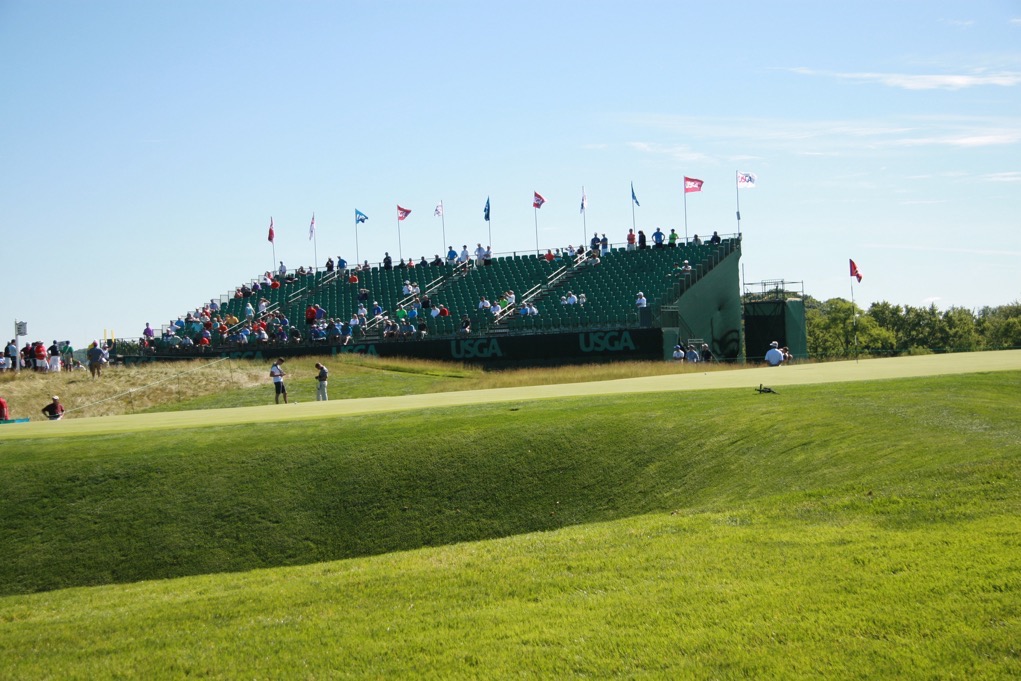
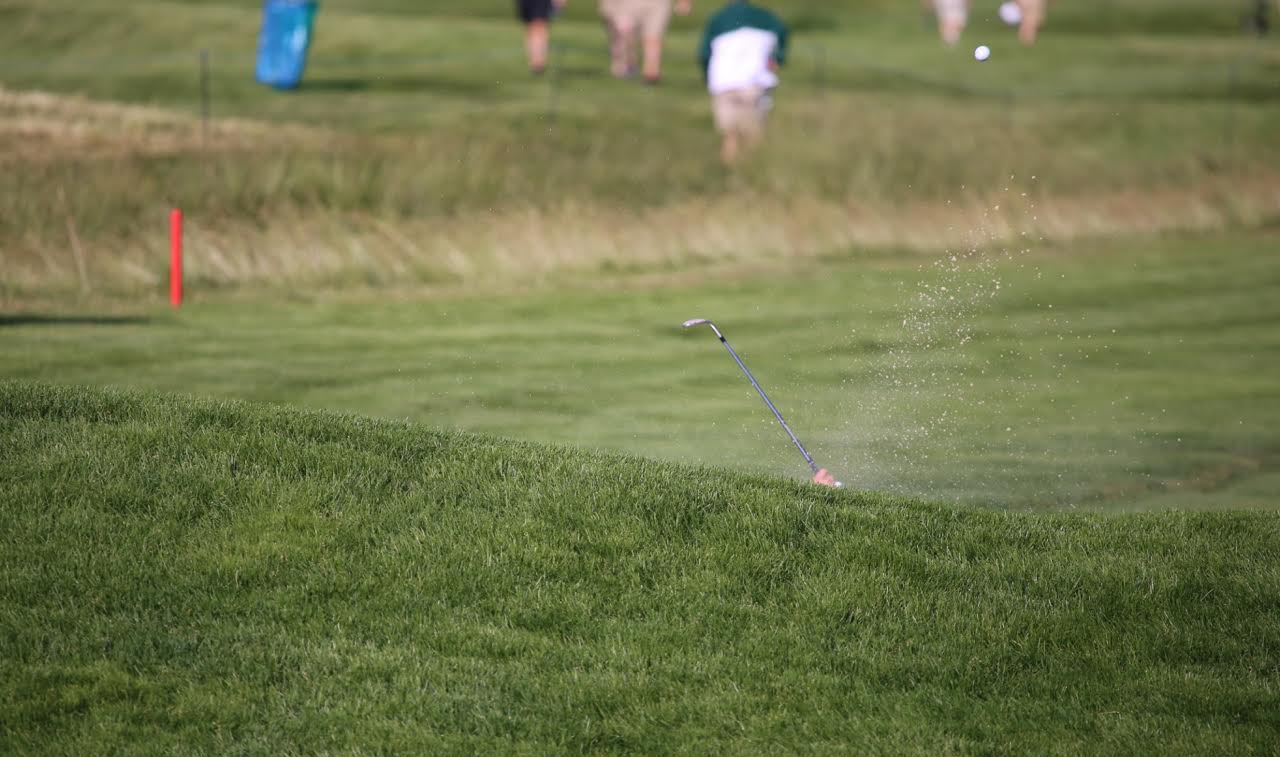

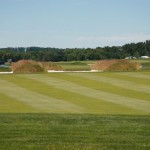




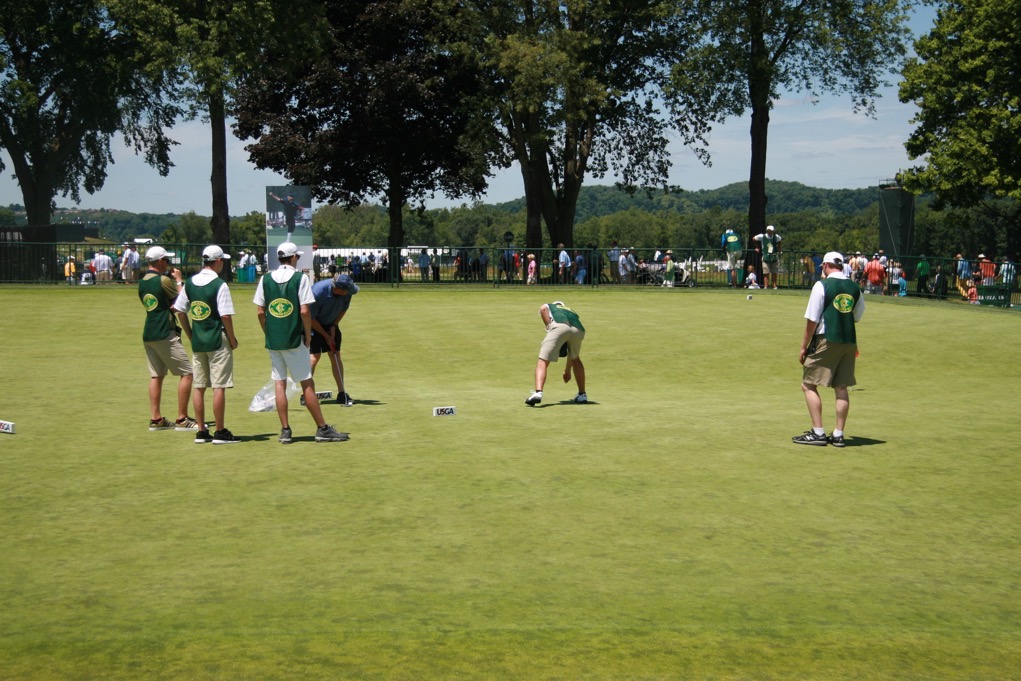

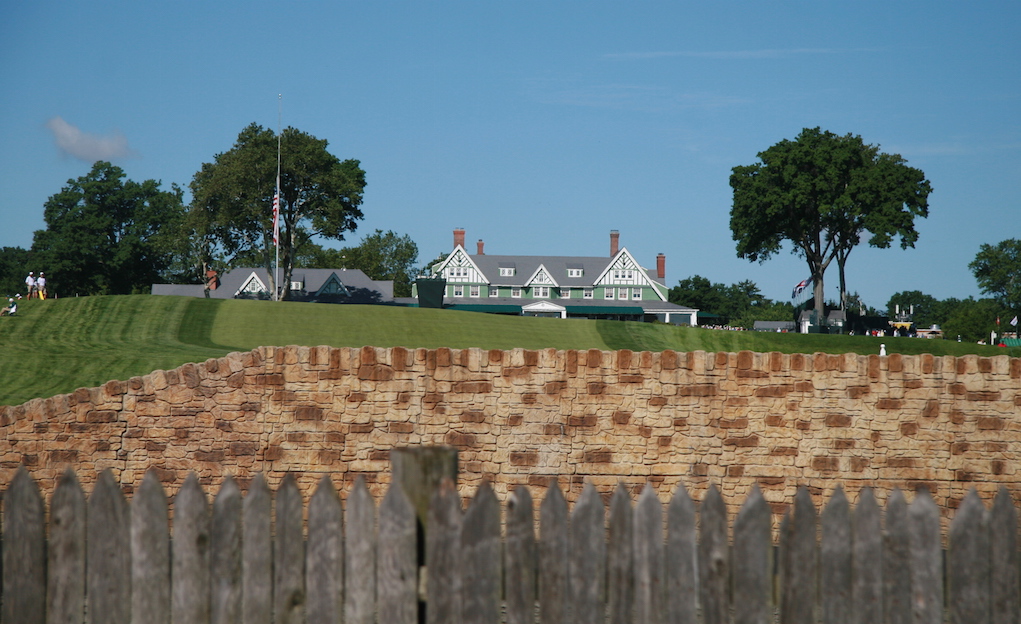

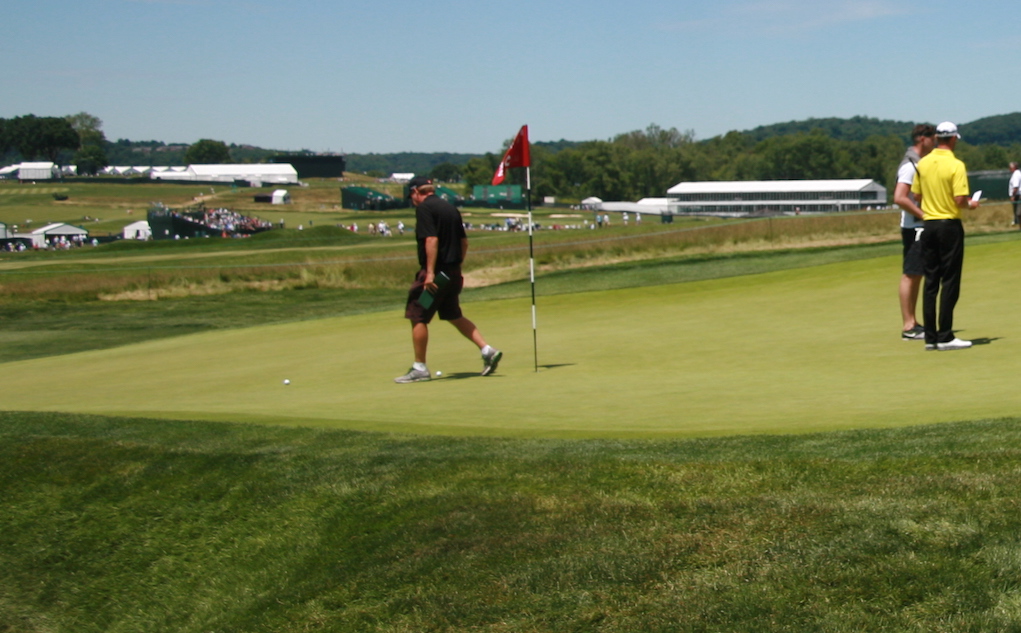

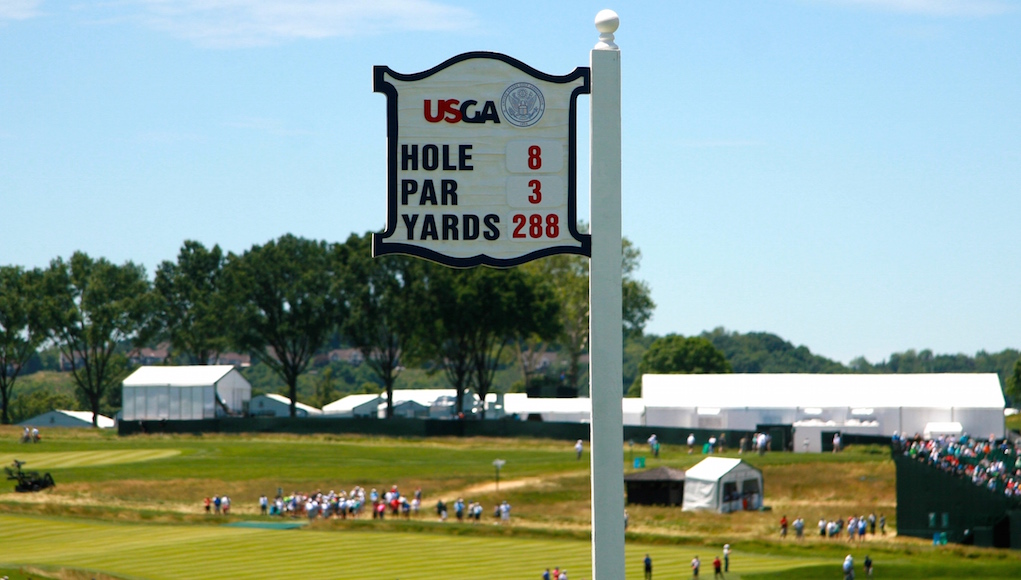


















Dave
Jun 19, 2016 at 10:34 pm
love the comments . But like logical said its getting old
PuffyC
Jun 19, 2016 at 3:50 pm
At some point you cross from difficult to silly, where dumb luck starts to play a factor in who wins and loses. I’d rather see a course that rewards true skill, not luck on blind tee shots, bad kicks into knee length rough, or a ball that happens to stick on the green instead of rolling back into the fairway. It’s not fun to watch and I assume not fun to play.
Tom
Jun 19, 2016 at 9:07 am
Although its turf conditions are second to none (no doubt about that), the course barely squeaks into the top 5 in Western PA alone.That “return the golf course to its original splendor” line that the USGA uses is total crap. Oakmont’s logo is a squirrel!!!!!!!! I love the US Open but the USGA has become the emperor with no clothes. Yesterday, I heard an announcer describing all the blind shots at Oakmont like it was a good thing. And it wasn’t even Jim Nance.
Hole11
Jun 17, 2016 at 9:21 am
How about fairways 10 yards wide and 12 inch rough. Oh boy would that be tough. No…it would just be stupid. Or greens so fast and sloped no ball would stay on so you’d have to chip it in to finish the hole. Bunkers so deep only an unplayable lay could get you out. Approaching silliness is not impressive, it’s just plain dumb.
.
Other Paul
Jun 16, 2016 at 9:12 pm
i would want to play twice. Once to get adjusted, a night to relax and then another try at it. I have some length, and that makes me brave. Or sometimes stupid…
michael johnson
Jun 16, 2016 at 6:04 pm
i shot an easy 62 the other day at oakmont, so yeah, its really not that difficult.
ooffa
Jun 16, 2016 at 2:01 pm
They all play the same course. Low score wins. Whoever is putting the best this week will win just like every other week on tour. Easy or hard makes no difference. It’s just just another week and another golf course to the pros.
Logical
Jun 16, 2016 at 1:31 pm
This is a silly article. There’s no difference in how they are talking about the course this year, there’s no “fear in their eyes”. There have been many tough setups at US Opens, this isn’t any more or less “special”.
Come on, stop trying to hype the heck out of the course. It’s getting old.